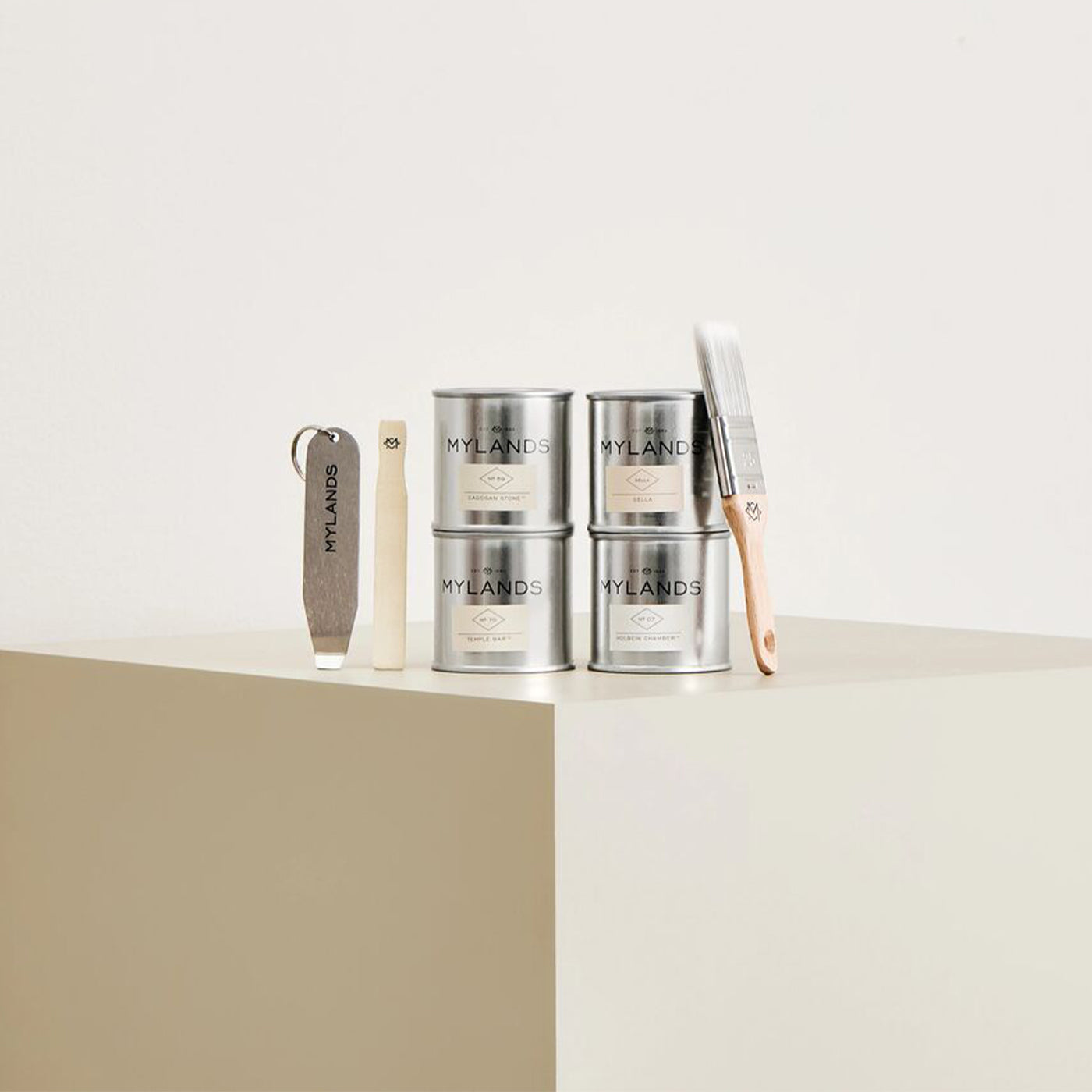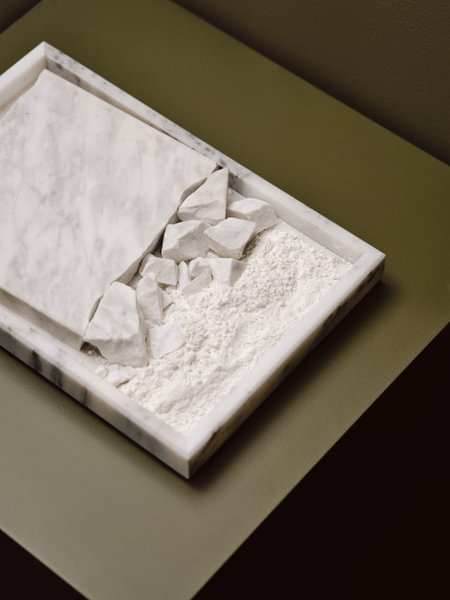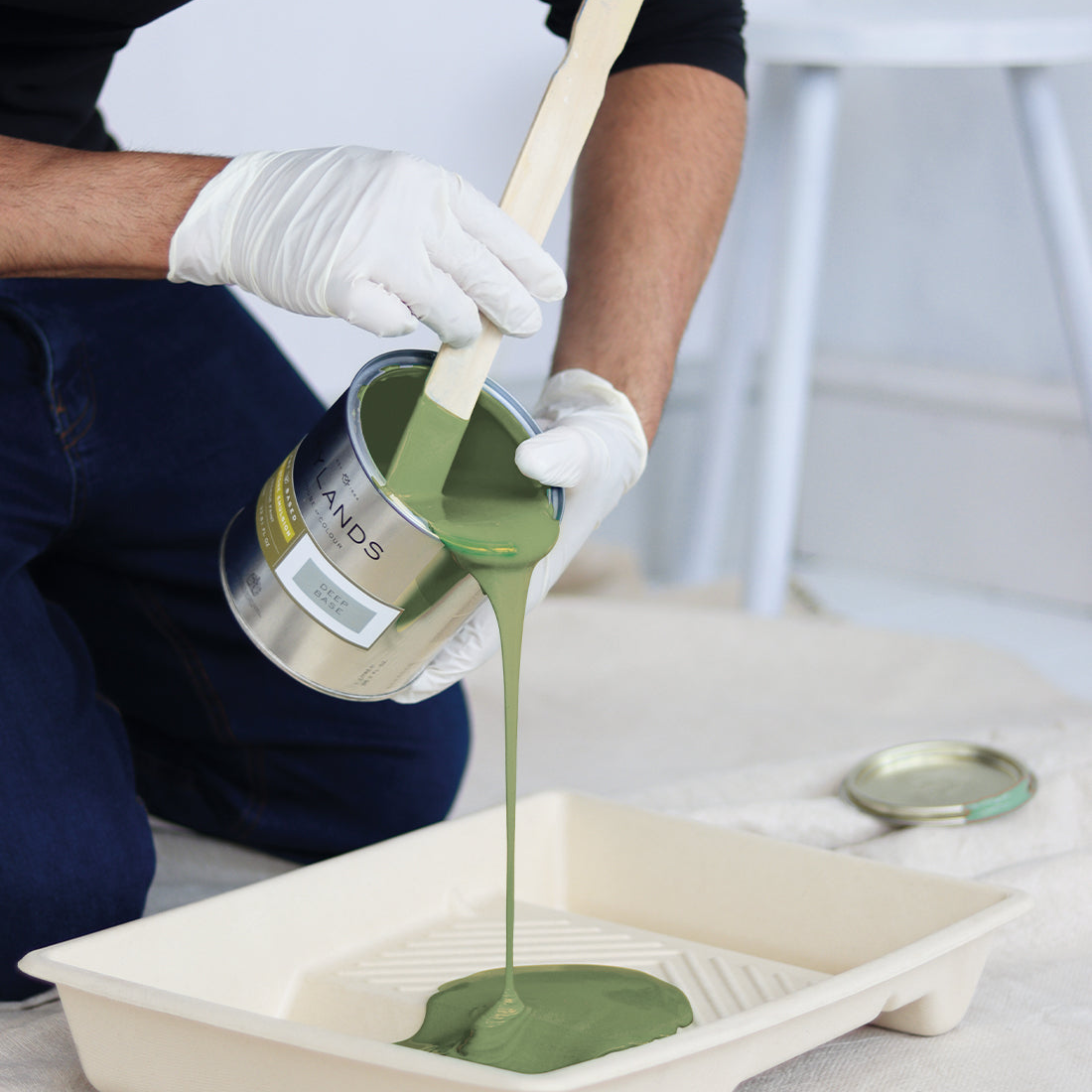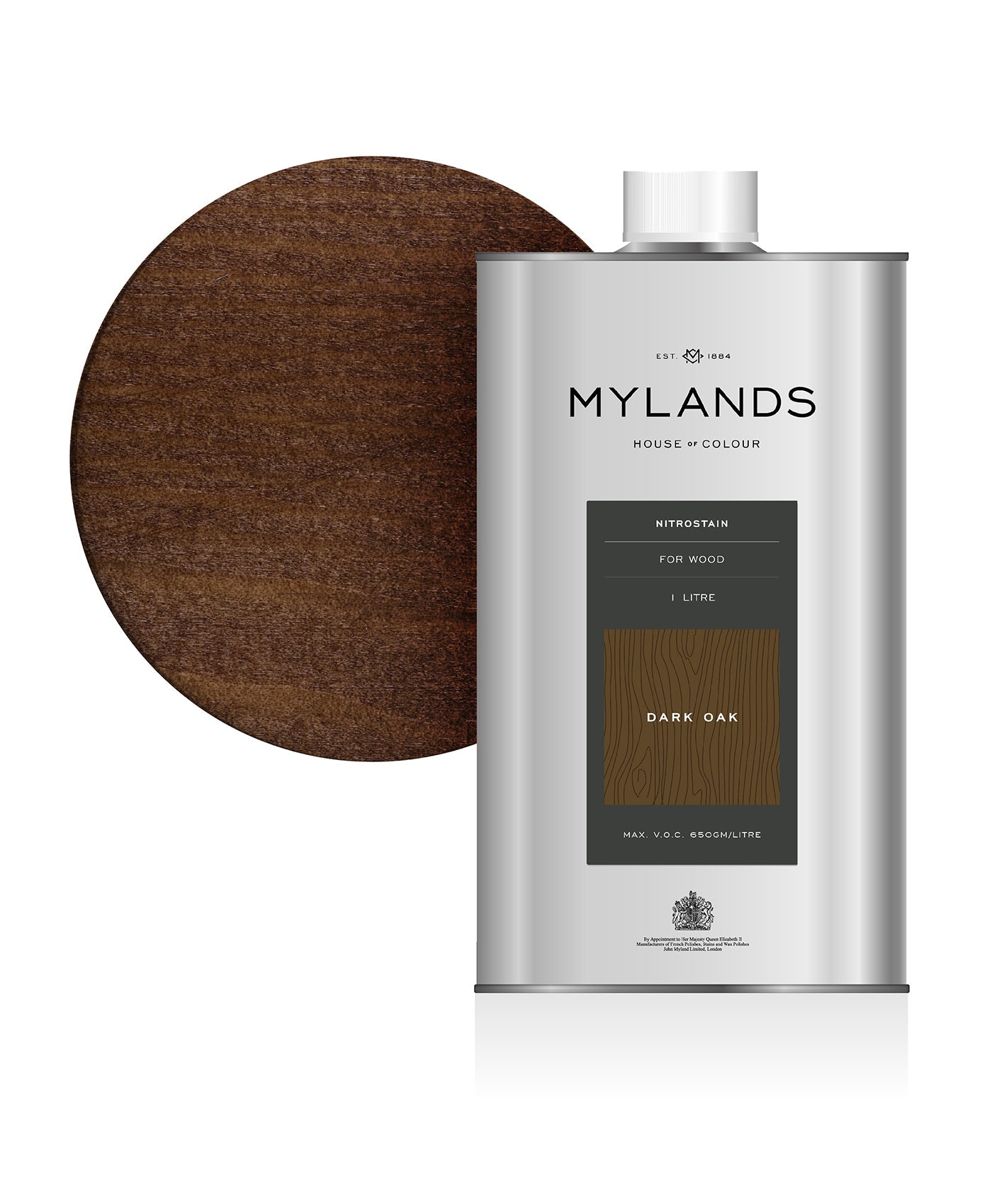
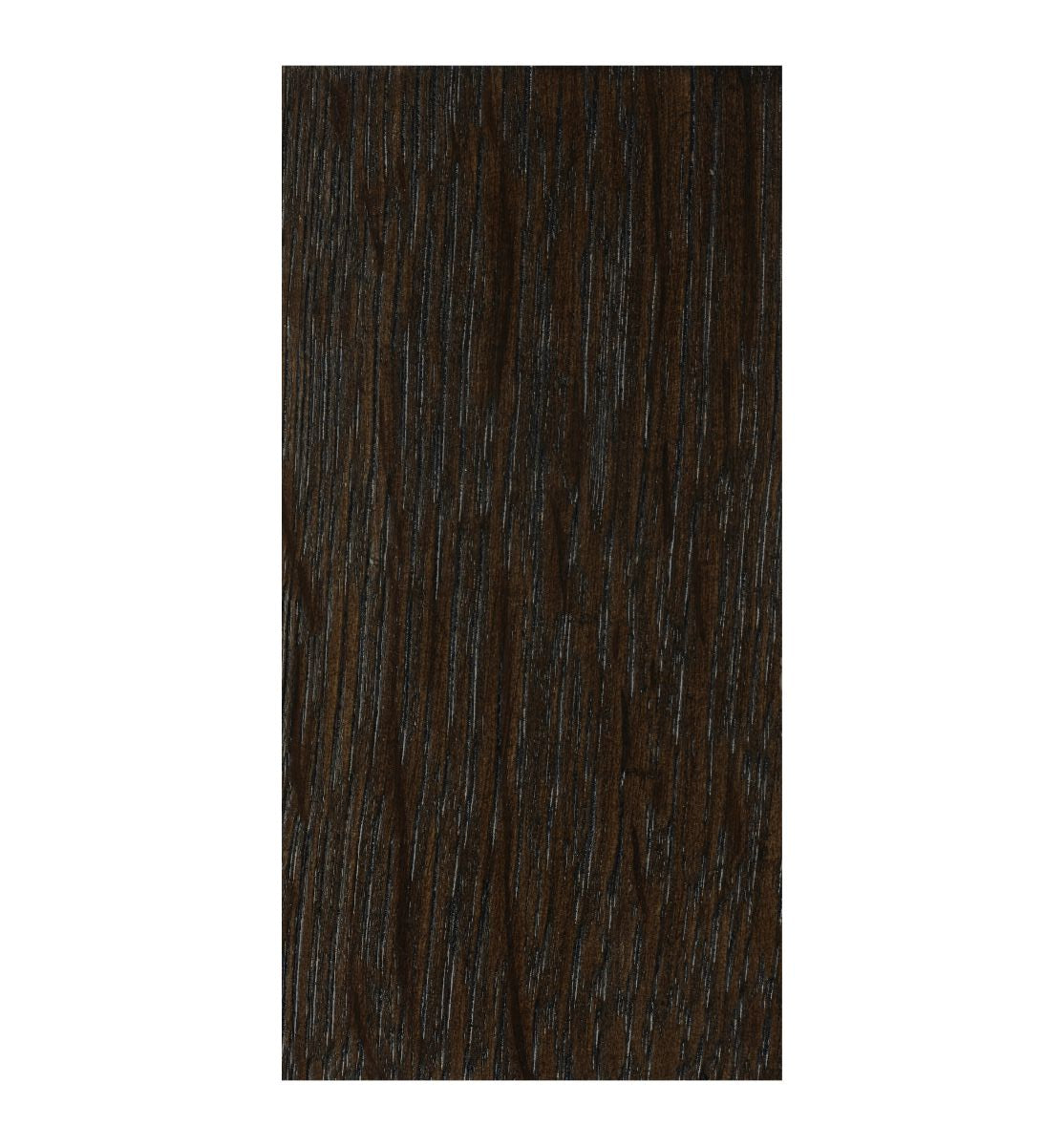
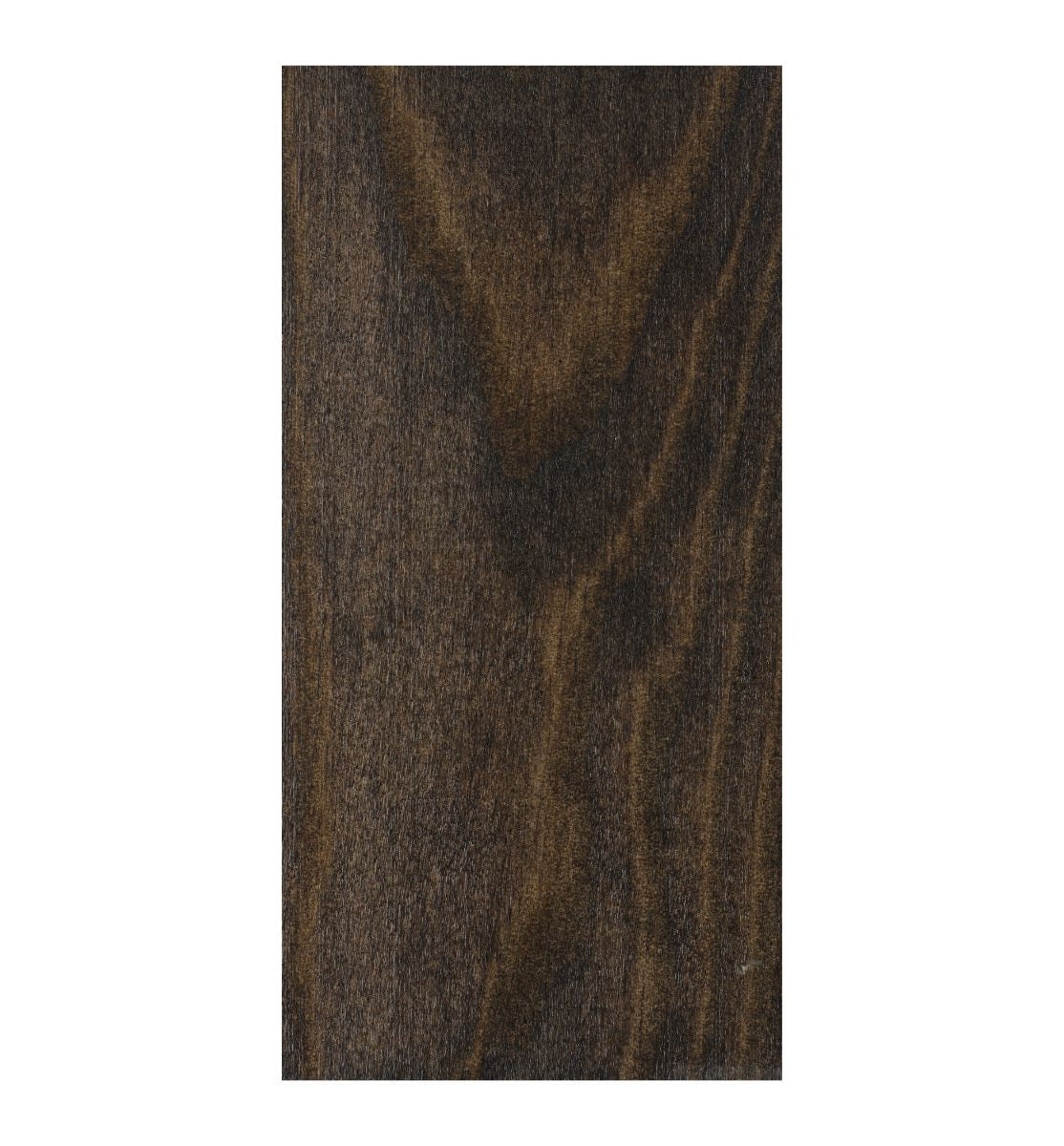
Nitrostain Dark Oak
ROYAL WARRANT HOLDER
WOOD CARE EXPERTS SINCE 1884
PREMIUM SERVICE & DELIVERY
Delivery & Returns
Orders over £150
Standard delivery - 2-3 working days - Free
Orders under £150
Standard delivery - 2-3 working days - £6
Any orders placed before 2pm will be processed the same day - any orders placed after this will be processed the next working day.
Sample Pot Delivery
1-2 working days
1 to 3 sample pots: £3.50
4 sample pots - Free
We are currently unable to offer international shipping for web orders.This includes Northern Ireland. For delivery to Northern Ireland, please contact us at sales@mylands.com.
Pre and post Christmas deliveries
Returns
Please note that Mylands paint colours products are made to order. We are therefore unable to accept any returns.
All other products: 15% handling charge on return
Recommended with
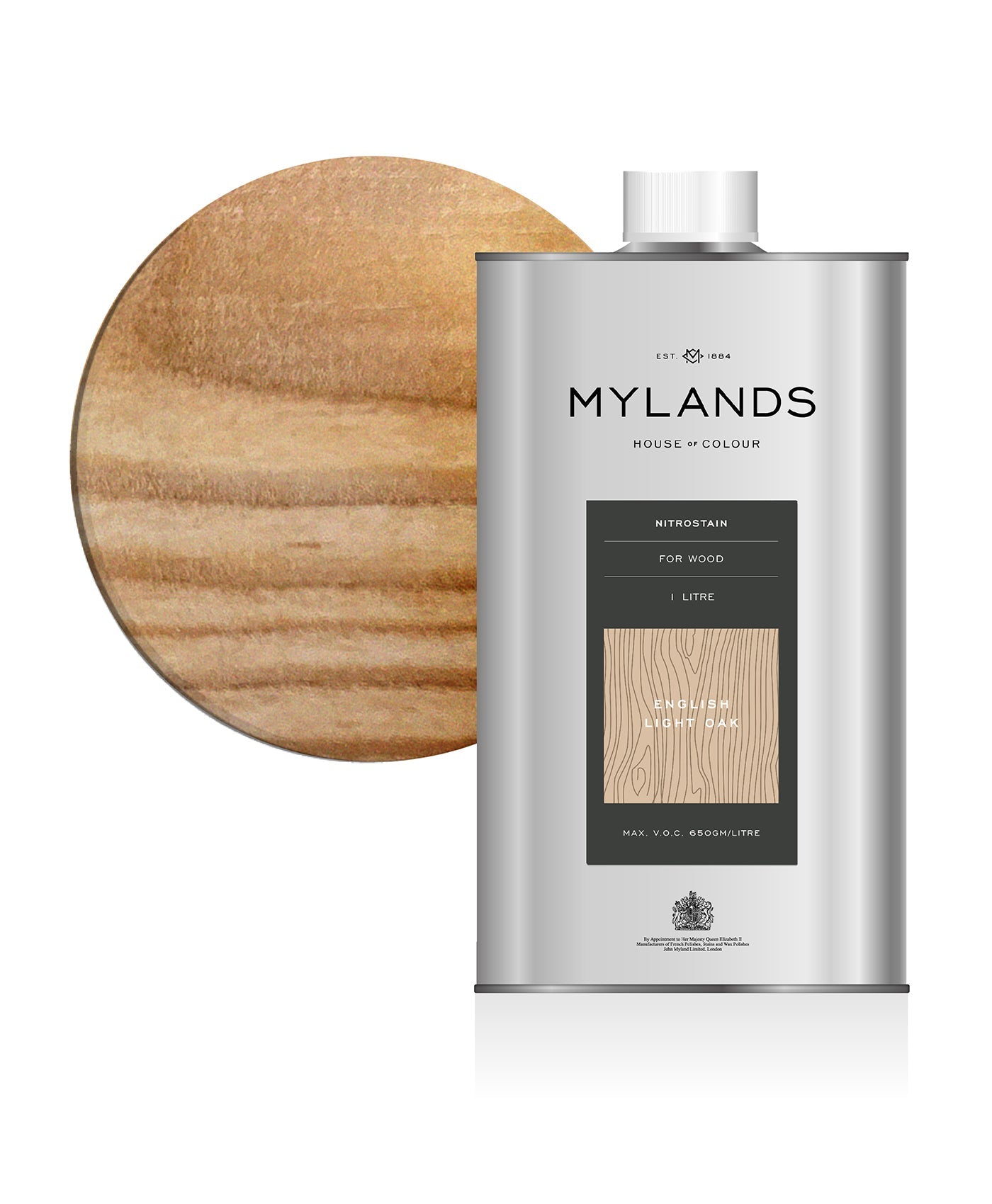
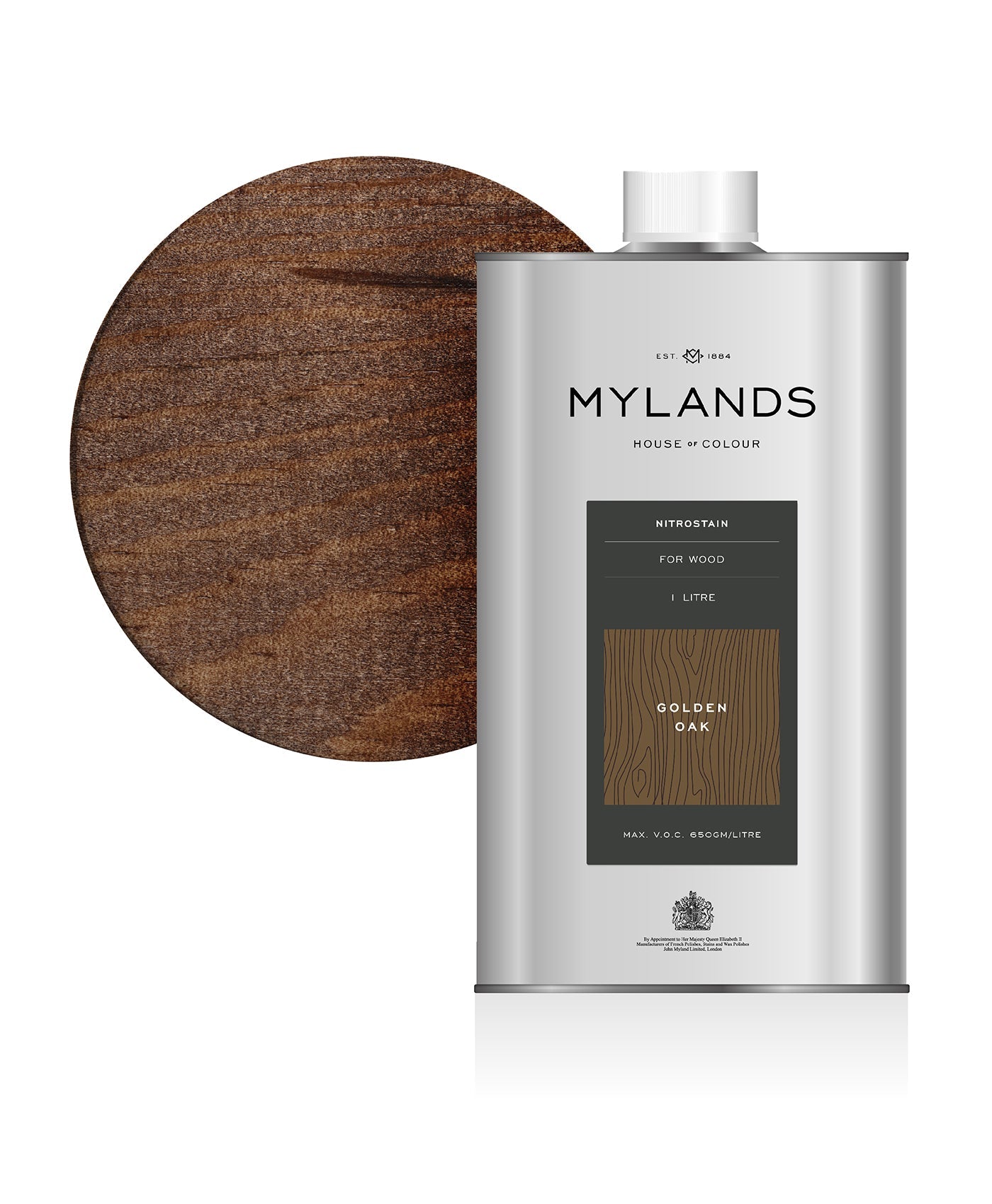
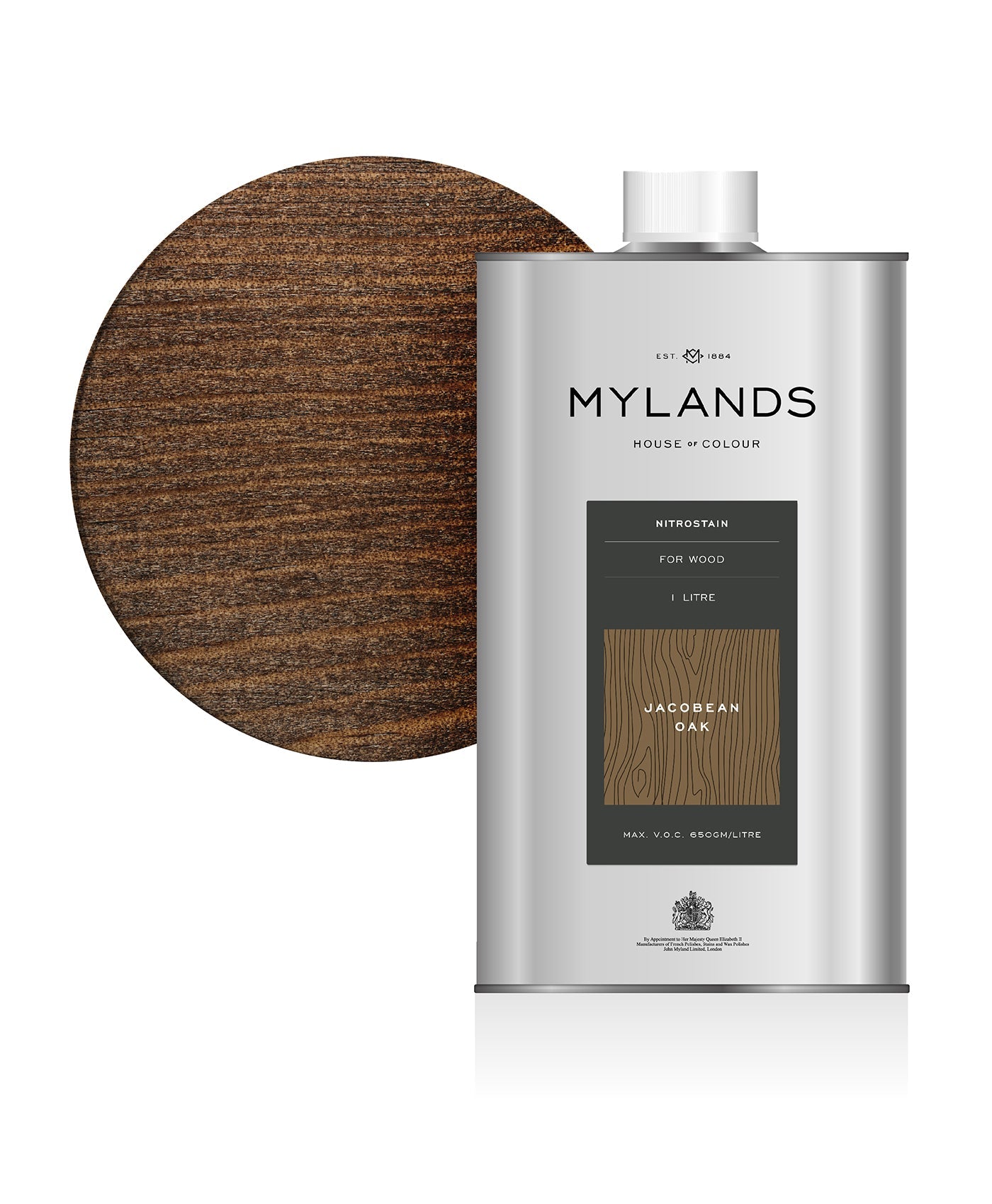
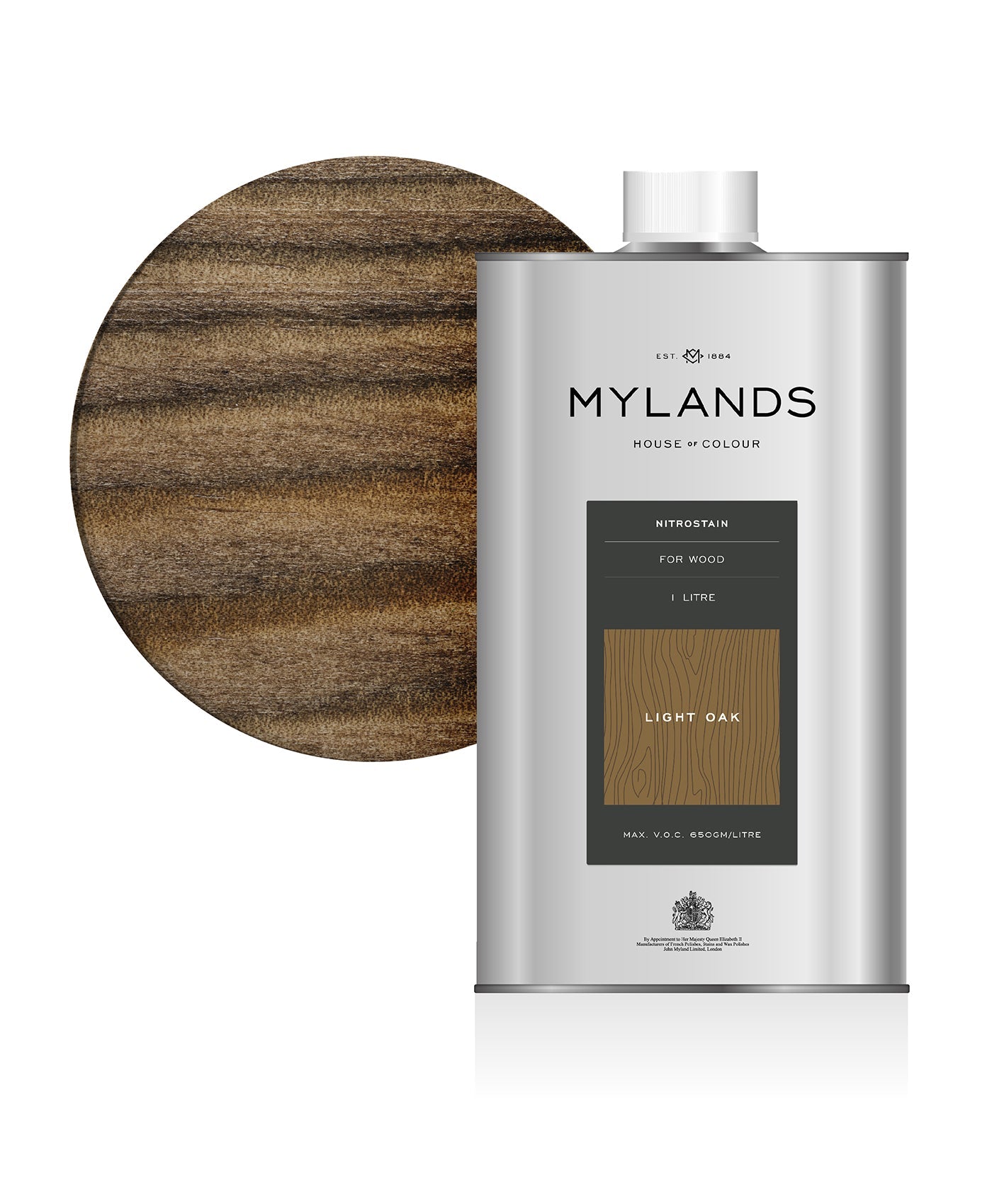
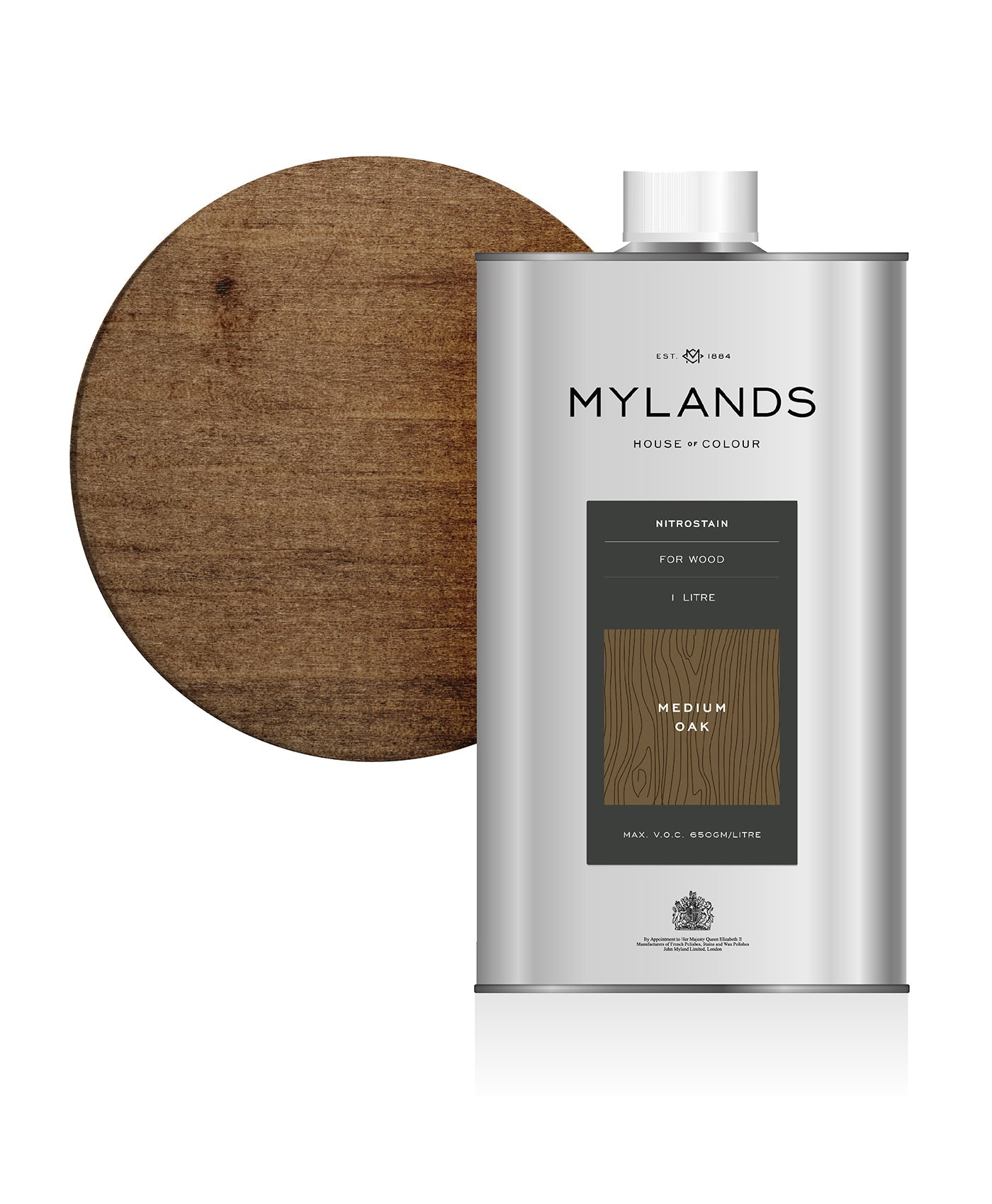
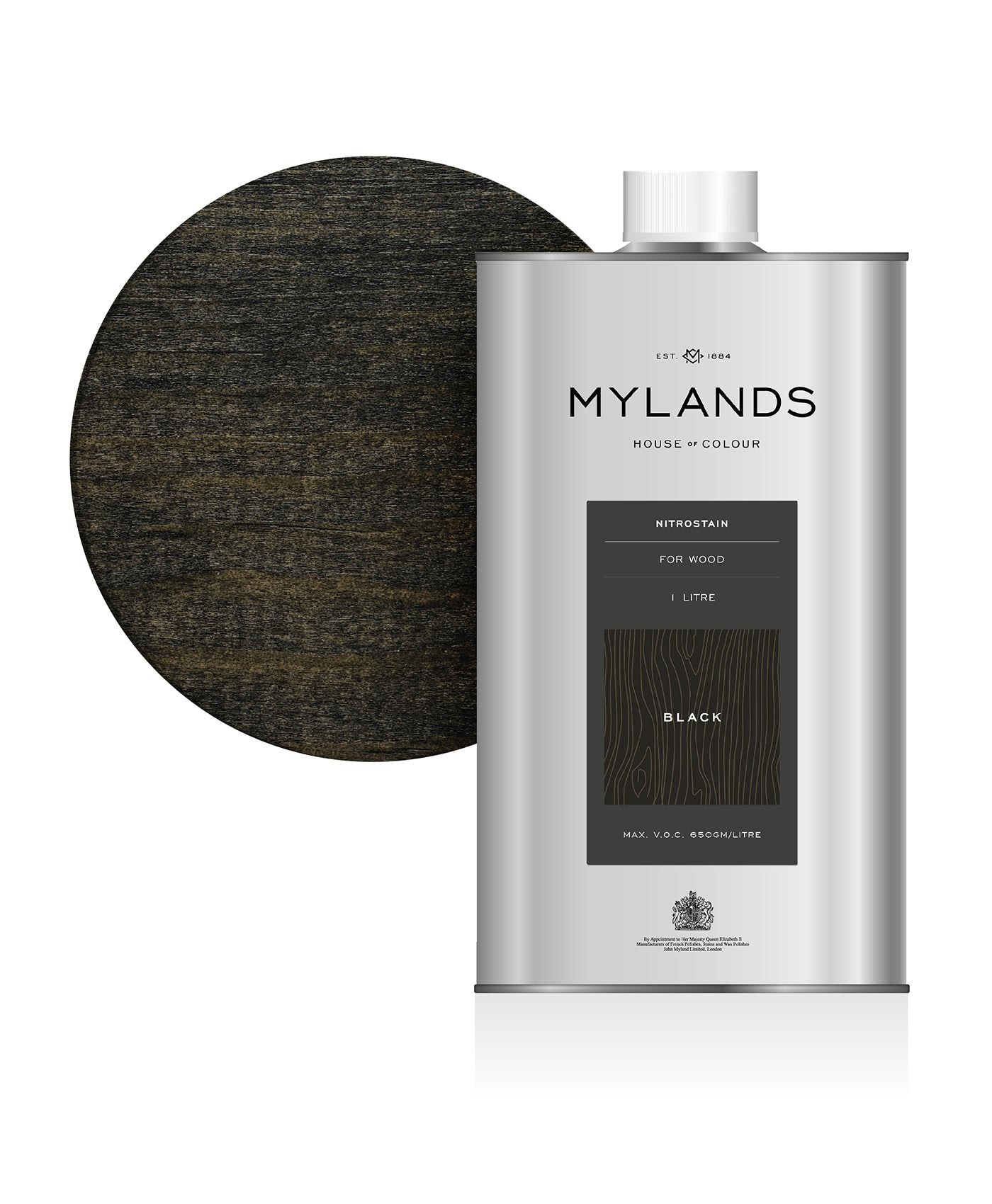
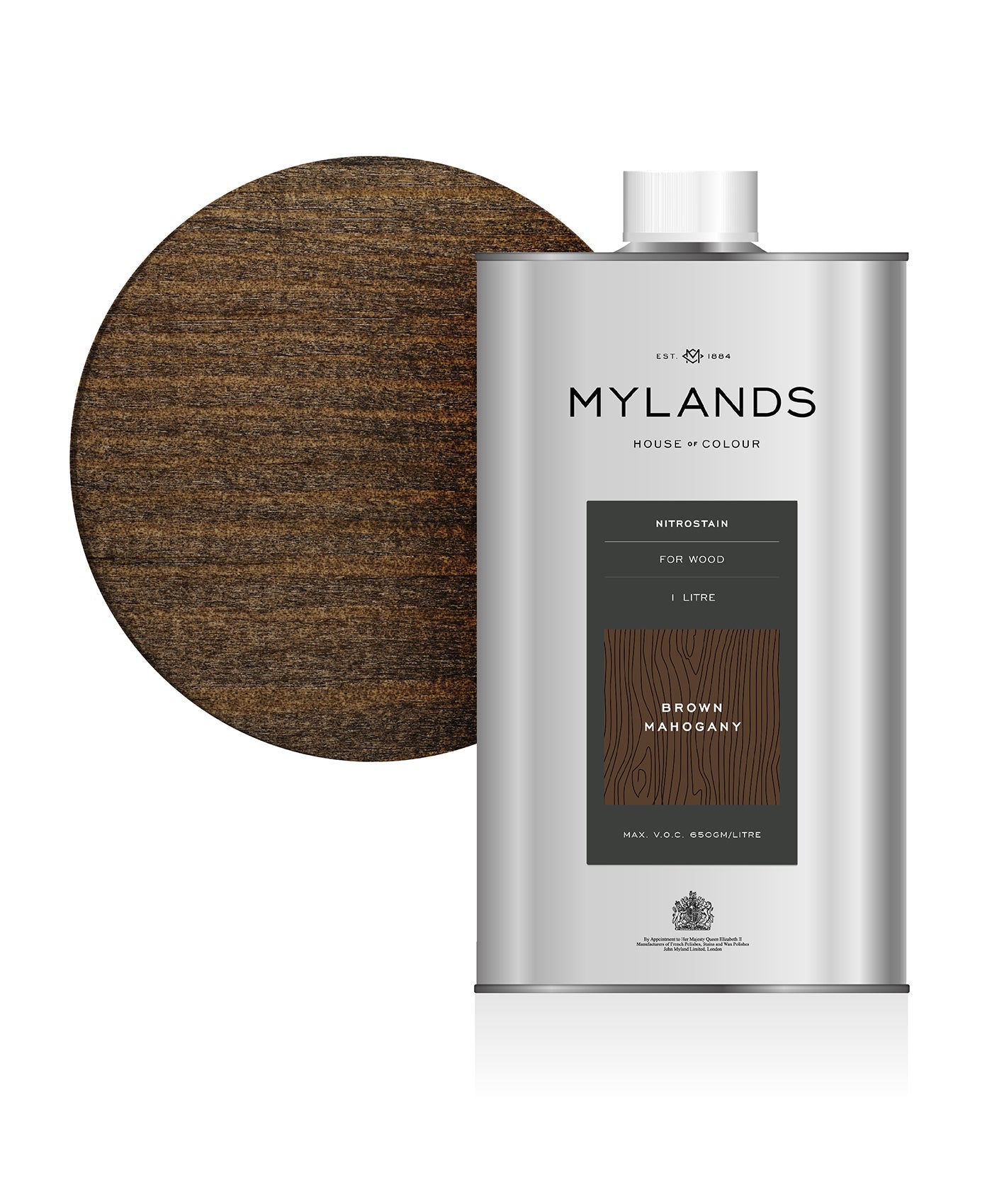
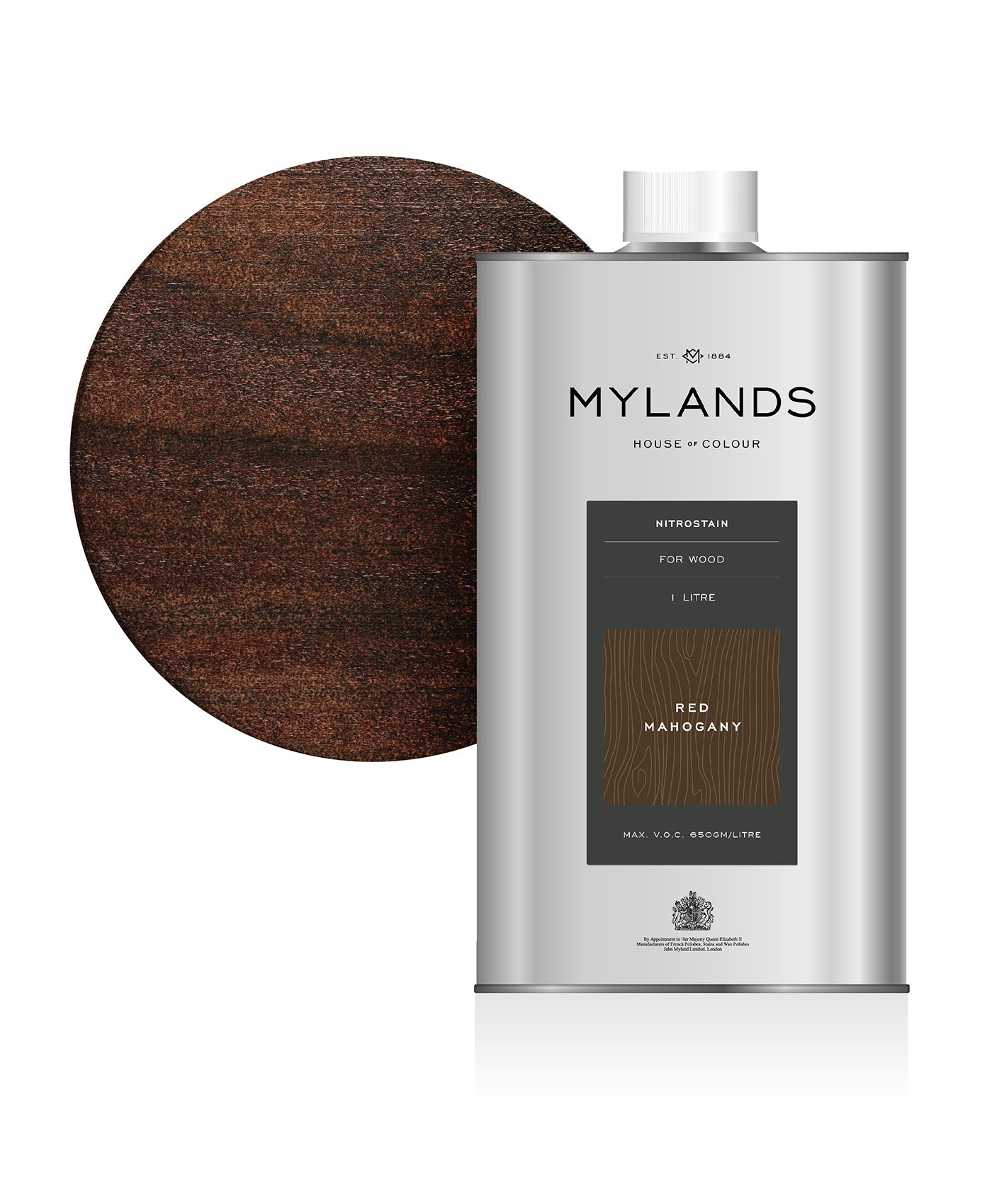
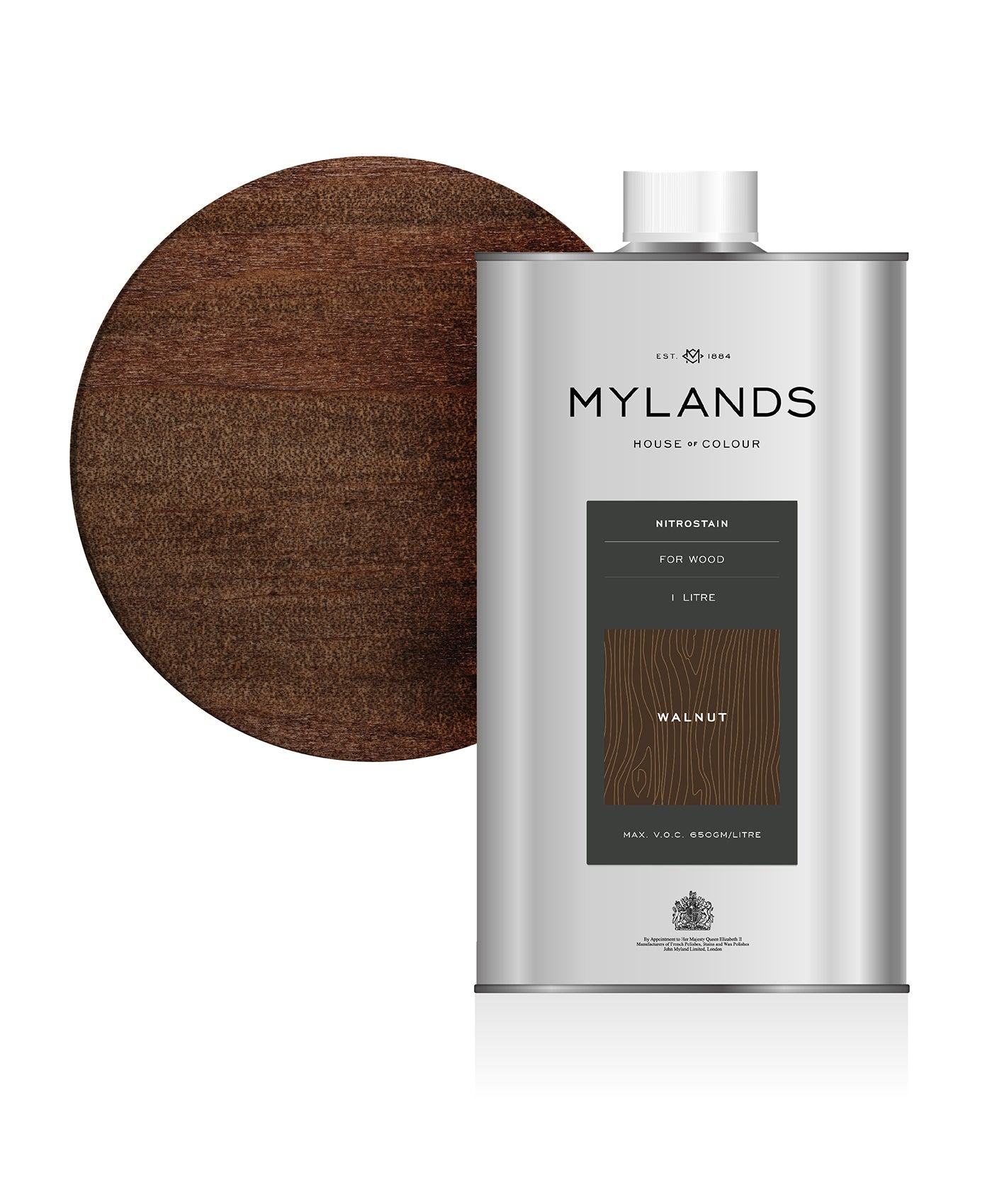
Choose options



Product Notes
Mylands Nitrostains have been formulated on a selected solvent blend to provide excellent application properties. Nitrostains are non grain raising. Nitrostains are not a finish in their own right and will need overcoating to give protection:
For Furniture use: Waterbased, Cellulose, Pre- catalysed, Acid Catalysed, products or Polyurethane (single & two pack) lacquers; Shellac Waxes.
**First image on hardwood (oak), second image on softwood (pine).
Choose Mylands for
At Mylands, we’ve been perfecting wood care since 1884, blending heritage craftsmanship with the highest quality ingredients. Our finishes are designed to protect and enhance the natural beauty of your wood, giving it a rich, lasting look that stands the test of time.
We take pride in creating products that are not only durable and luxurious but also environmentally conscious, with low-VOC and responsibly sourced formulations. Choosing Mylands means investing in wood care that delivers exceptional results, every time, while honouring our tradition of excellence.

frequently asked questions
We’ve answered some of the most common questions to help navigate selecting the right wood product.
Mylands wood finishes are different because they combine traditional craftsmanship with modern technology. They are formulated using high-quality natural oils, waxes, and resins to enhance the natural beauty of timber while providing protection. Many products, like their French Polishes and waxes, are made to historical recipes that have been refined over a century, giving a depth, clarity, and finish that’s hard to replicate with mass-market alternatives.
Mylands floor finishes include Mylac, Mylac Extra, and Shellac Barrier Seal, each designed for exceptional durability and wear resistance.
Mylac is a fast-drying, water-based lacquer ideal for domestic floors, while Mylac Extra offers a tougher, two-pack formulation suitable for heavy-traffic commercial spaces.
Shellac Barrier Seal acts as a primer and sealer, improving adhesion and enhancing the depth and clarity of the final finish. Together, they provide a complete professional system for achieving long-lasting, beautifully finished floors.
For furniture, use French Polishes, Waxes, Oils, or Burnishing Creams to enhance the sheen, depth, and overall character of the wood while preserving its natural beauty. French Polishes provide a traditional, high-gloss finish ideal for antiques and fine furniture. Waxes add warmth and a soft lustre while offering light protection. Oils, such as Food Safe Oil, nourish and protect the wood from within, highlighting the natural grain. Burnishing Creams help revive and maintain polished or lacquered surfaces, restoring their original brilliance over time.

need wood advice?
If you’re unsure which finish, product, or process is best for your wood project, the Mylands Customer Care Team is here to help.
With over a century of craftsmanship and expertise in wood finishing, we understand the unique requirements of different woods, applications, and environments. Whether you’re restoring antique furniture, sealing a new floor, or achieving a specific sheen or tone, our experts can provide tailored guidance to ensure the best possible result.
Contact us today for professional advice and trusted product recommendations from the specialists in wood finishing.
Contact us >